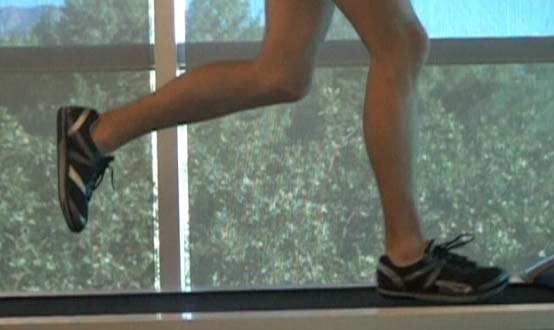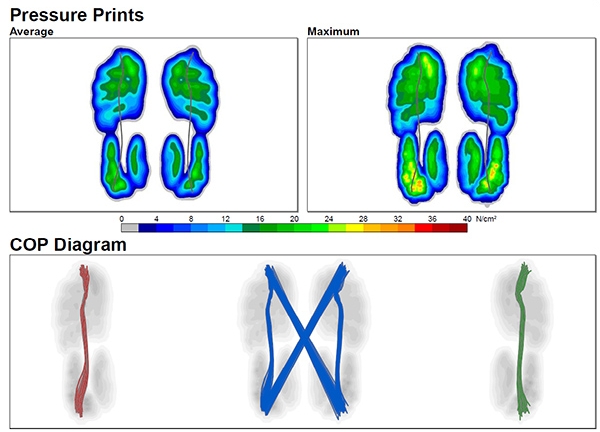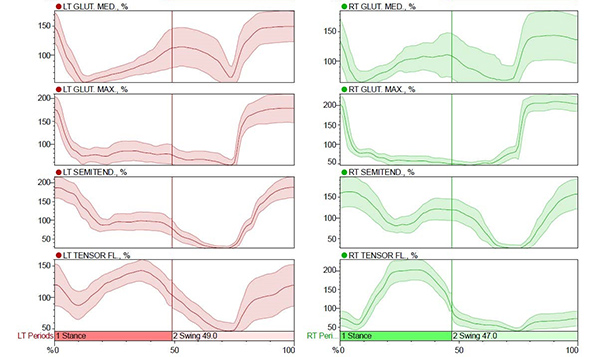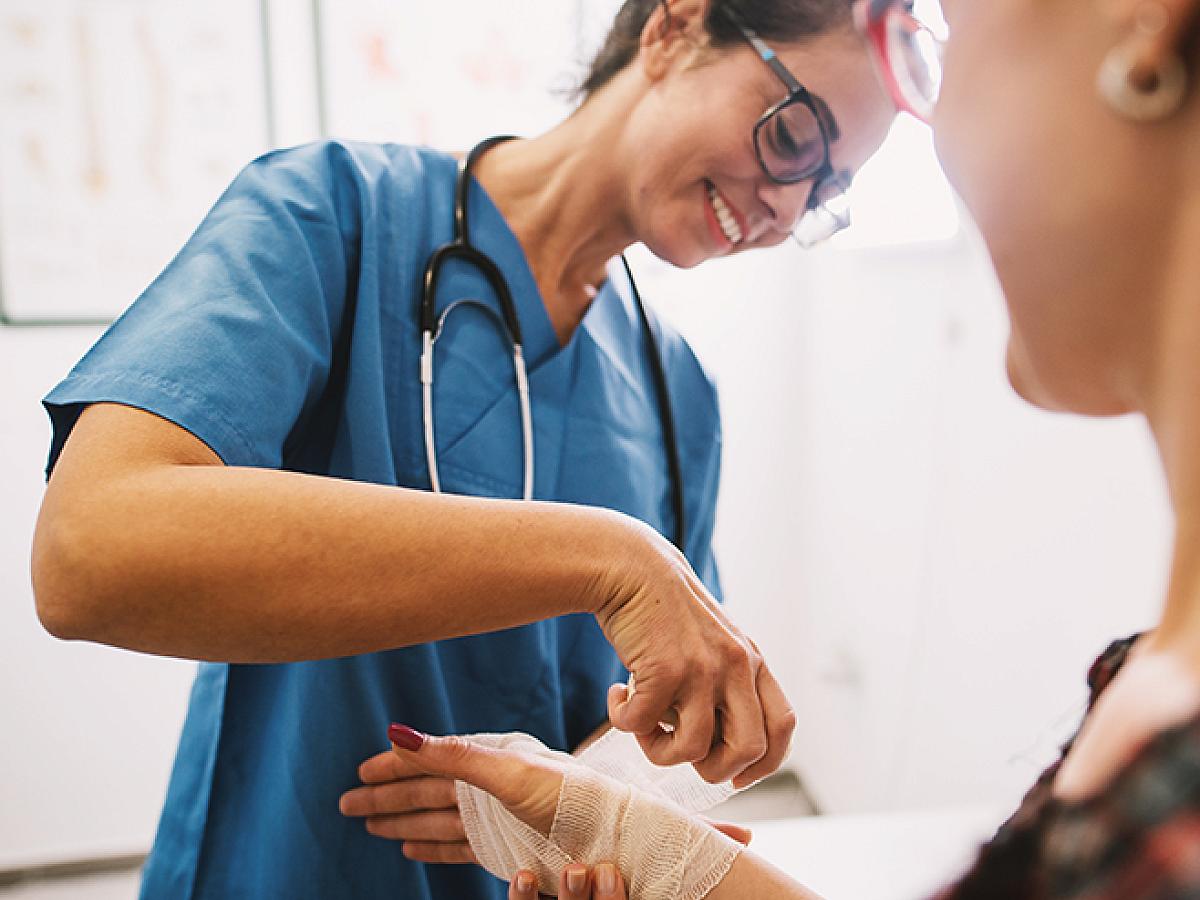
Helping You Run Injury Free
We understand your passion for running. It’s why University of Utah Health Runner’s Clinic was created. From recreational to competitive runners, and every runner in-between, we help you enjoy running even more.
We’re ready to show you how to keep running comfortably for years, bump up your mileage, or aid in a recovery from an injury. Our mission is to provide you with a personalized plan to reach your goal and to help perform your best.
*Please contact your insurance company prior to making your appointment to verify your coverage and referral requirements regarding physical therapy benefits.
About the Runner's Clinic
Find a Physical Therapist
Runner's Clinic Services
- Detailed review of running history and injury
- Musculoskeletal exam including strength and flexibility
- Slow motion video analysis of running mechanics in three planes
- Force plate treadmill reports that assess how you impact the ground
- Surface EMG testing to measure muscle activity while running
- Gait retraining with real-time feedback options
- Therapeutic exercises to address impairments
- Shoe and orthotic recommendations/fabrication
- Training program modifications
- Customized program for injury treatment and recovery
Slow Motion Video
Our eyes are not capable of taking enough pictures per second to pick up on subtleties needed to assess running. By the time you are ready to focus on a specific moment during the run, it is over. We use video cameras that allow us to record in slow motion so that we can go back through the run to focus on critical moments during the running cycle. The main views we look at are from behind (posterior), from the side (lateral), and from the front (anterior).

Force Plate Report
Force plates embedded in our treadmill provide critical information on how you impact the ground when you run. We can also analyze side to side force symmetry, dynamic pronation and supination, cadence, and much more with a report generated from your run.

Surface Electromyography (sEMG)
Muscles have specific roles while running. Pairing the sEMG with the treadmill, we can see if the right muscles are firing at the right time. We can also investigate symmetry side to side, which can be useful in unilateral (one sided) chronic muscle strains and tendon/joint injuries.

RICE Method for Treating Minor Running Injuries at Home
For all injuries aggravated by running, always start treatment using the RICE Method:
- Rest: Cut back on daily activities, including running.
- Ice: Apply ice to your injury for 20 minutes at least four times a day.
- Compression: Use elastic wraps, compression socks, air casts, and the like to reduce swelling and inflammation.
- Elevation: Elevate the injured area above your heart level to decrease swelling and inflammation.
Note: For the RICE method to be effective, you should treat all injuries immediately, and the four steps should be continued for at least 48 hours. If symptoms persist, see your doctor or health care provider.
See a Doctor When...
- You have severe pain, swelling, or numbness at the injury site
- You're unable to put weight on the injured area
- You experience joint abnormality or instability
Resources for Our Patients
What Does an Orthopedic Doctor Do?
If you play sports, are in your 40s or 50s, or have family and friends who are physically active, you’ve probably heard of the word "orthopedics.” But do you know what orthopedic doctors really do? And how do you know if you could benefit from seeing one?
Orthopedic Injury Clinic
At our Orthopedic Injury Clinic, you can get an appointment the day you call. Come to this clinic for fractures, dislocations, or other pains to your bones, joints, or muscles that won't go away.
When to See a Sports Medicine Doctor
Everyone has a body. To take care of it, you’ll need to stay active. But no matter how careful you are, at some point or another, you may injure yourself. Should you see a doctor right away? Or is it better to take it easy and wait for the injury to heal on its own?
What Is Physical Therapy?
Physical therapy helps you improve your function, range of motion, and overall quality of life. It can help speed up healing from an injury, reduce pain, and prevent injury. For some people, physical therapy can significantly delay the need for surgery or help avoid it altogether.










